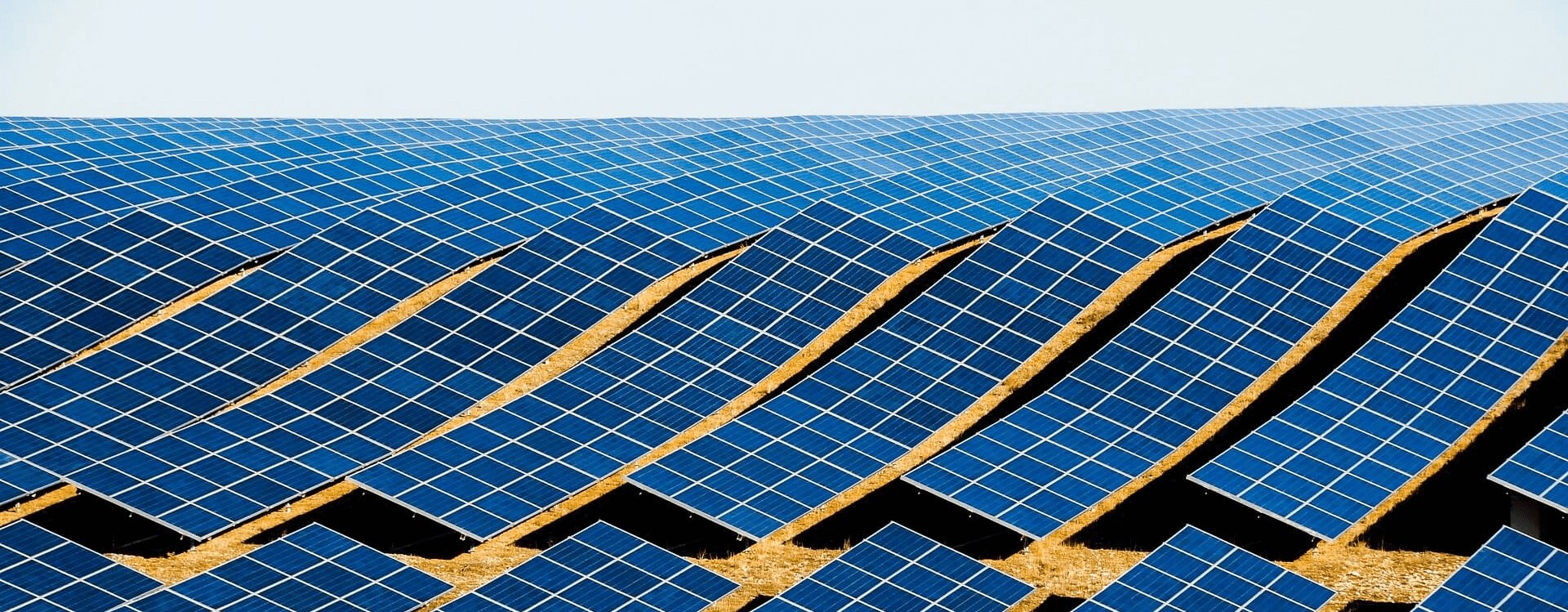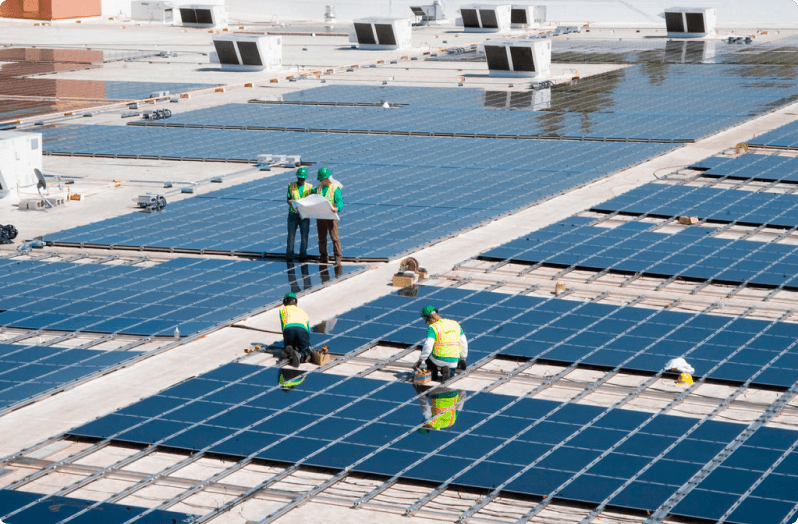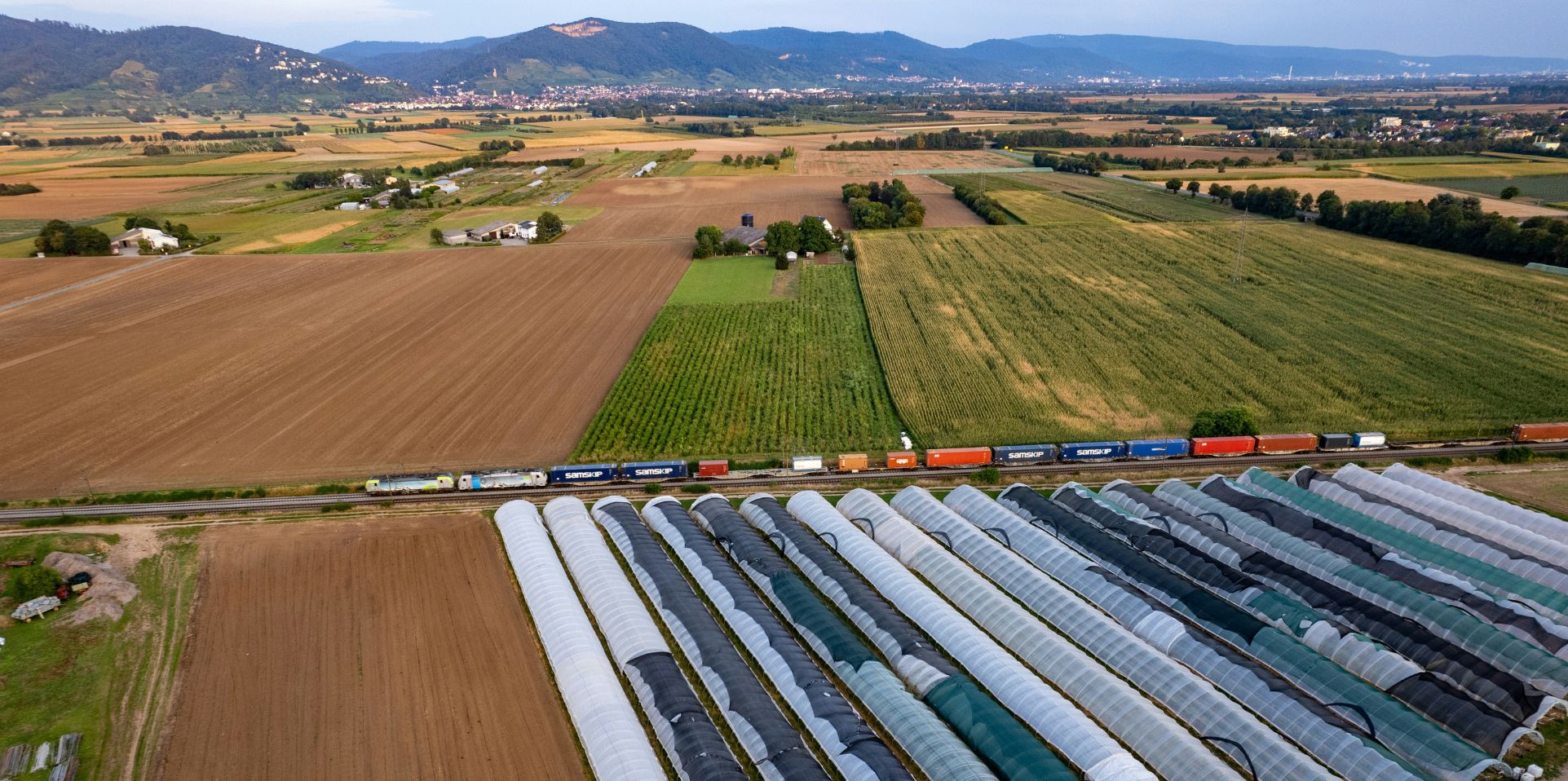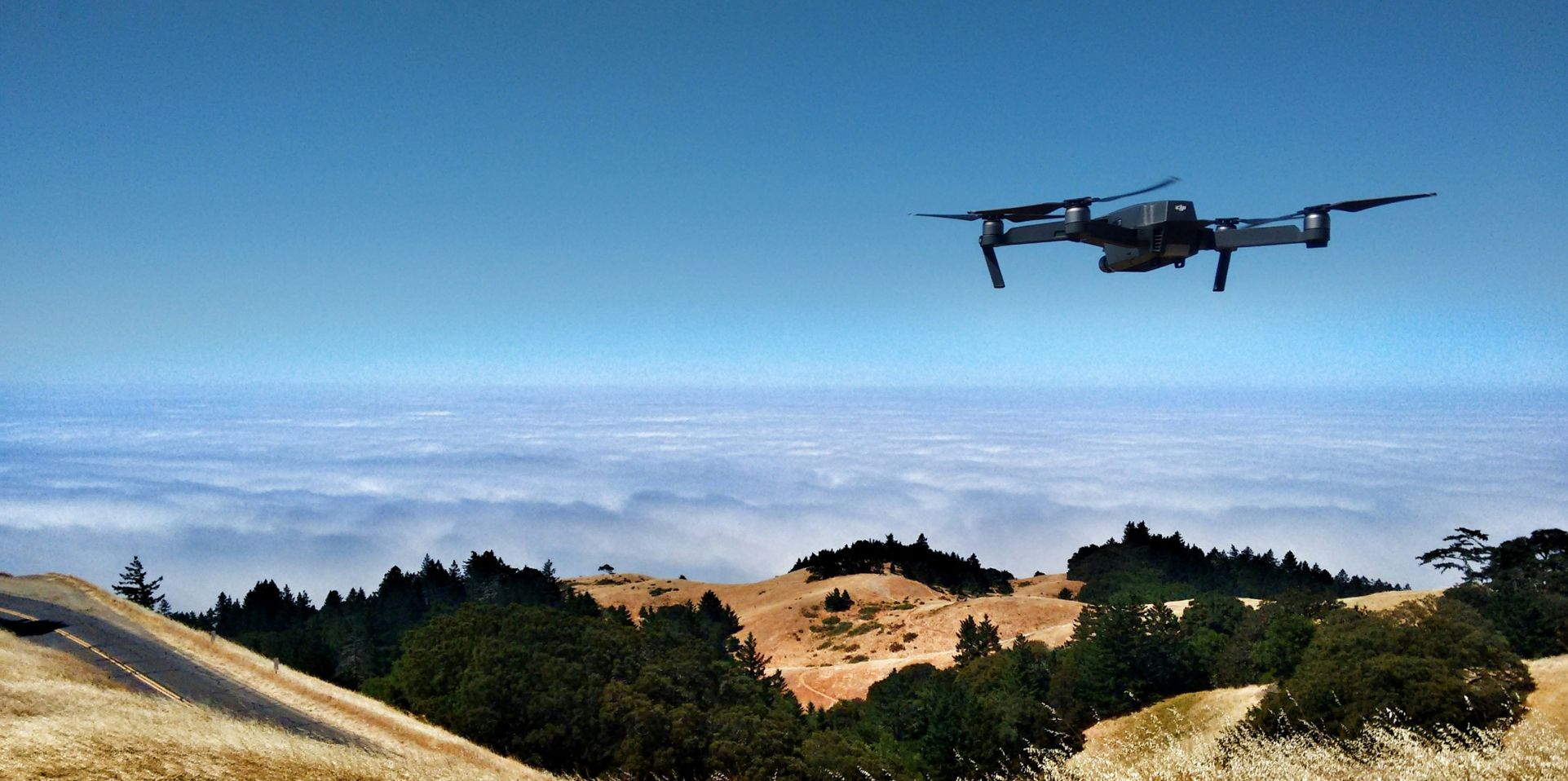
Shaping the Future: Navigating the Evolution of Solar Power Technologies

Colin Palmer
40 years: Renewable energy
The generation of electricity from the photovoltaic (PV) effect has a long history, but this technology was uneconomic in most applications until recently. Over the last 20 years or so, the cost of PV cells has dropped dramatically and in many locations they can now generate the lowest cost power. Consequently, solar PV has become a massive, multi-billion per year global industry.

Historically, the preferred technology was silicon based, and this remains the dominant technology. In support of the unprecedented growth in demand, the industry has invested heavily in R&D to improve efficiencies, reduce raw material requirements and drive down the cost. This has created a strong path dependency, which makes it difficult for new market entrants to compete. The result is that all almost large scale solar PV generation projects use rigid, silicon based cells as the energy conversion technology.
However, one of the great features of solar power is its ubiquity and scalability. A small domestic installation will have more or less the same efficiency and output per unit area as the massive ground mounted system on neighbouring land. The spatial variation of incident energy is also low. Assuming there is no shading, the domestic installation will be subject to the same incoming energy as the field based array and much the same as another one many miles away. In contrast, the output of wind turbines, for example, is very dependent on site specific factors and the size of the machine. The output of a domestic turbine is much, much lower per unit area than that from large turbines on the top of a neighbouring hillside.
The ubiquity and uniformity of solar energy means that it can potentially be exploited in a very wide range of locations - from the vast expanses of sun drenched deserts to the roofs and facades of urban factories, the roofs of cars and the wings of aeroplanes. But these different applications impose very different requirements on the best form factor for the technology.
Silicon based panels utilise very thin slices of crystalline silicon, which are fragile and have to be attached to a more or less rigid substrate. This makes the assembled panels somewhat cumbersome and they need strong support. This is easy enough when large numbers are deployed over land - relatively simple, mass produced steel structures can be used for the foundations. As the costs of the panels have reduced, this balance of plant cost has become ever more significant, placing a premium on panel efficiency, which is currently around 25% for production cells.

The installation of rigid panels on rooftops and similar locations is possible, but in many locations the added weight and requirement for strong, rigid supports either makes installation impossible or greatly increases costs. This is where thin film technology has a great advantage. Instead of obtaining the photovoltaic materials from blocks of silicon, thin film panels are a wet chemistry technology - the photo-reactive chemicals are printed onto a flexible substrate using continuous roll to roll techniques not unlike newspaper printing presses. This means that the resulting solar panels are flexible and can be manufactured in many different formats, such as long strips that can be rolled out across rooftops or glued to the facades of buildings. A great advantage here is that thin film cells produce more than twenty times as much output per unit weight than convention rigid panels. It is even possible to make the printed film of chemicals so thin that it is somewhat transparent, opening the way for applications on windows and glasshouses for example.
There are a number of different thin film technologies, some of which have been around for many years. One of the present front runners are organic PV cells (OPV), made using organic polymers that promise low environmental impact as well as low manufacturing costs. For many years the efficiency of OPV was very low, but of late it has started to increase and is now reaching 20% in laboratory conditions, maybe 15% in real life applications, much the same as the silicon cells of ten years ago. This level of efficiency coupled with the low weight per unit output makes thin film technology increasingly attractive in applications to buildings, with a huge potential retrofit and new build market. This technology is the key to making solar power generation ubiquitous, but it is less obvious that it has a role in large scale, ground mounted solar installations, which will be the backbone of future solar power generation.
Multi megawatt, even gigawatt sized solar energy arrays in open countryside or deserts have to be supported. The supports are simple steel structures with little potential for dramatic cost reductions, so they are becoming the dominant cost component. As solar cell costs become less significant, efficiency becomes increasingly important as this reduces the amount of support structure required per unit output. Since flexible, thin film cells will need to be mounted on rigid backing and then attached to the same sort of foundations, they lose many of their key advantages for large scale ground mount deployment. Coupled with that, they have yet to demonstrate the very long useful lives (40 years plus) associated with rigid panels, which makes them less bankable and at best, they will attract a higher risk premium than conventional silicon technology.
It is tempting to be on the lookout for the next big thing, and some see OPV as that thing. But more likely, the combination of path dependency, higher conversion efficiency and proven longer life will mean that both OPV and silicon technologies will have different roles to play in a diverse and ever changing world as we move to a future based on carbon free power generation.

Colin Palmer
Share "Shaping the Future: Navigating the Evolution of Solar Power Technologies" on
Latest Insights

The electrical zero: A global warning for the energy transition
13th May 2025 • Maria Coronado Robles

Upgrading South Africa’s climate plans for a Just Transition
21st February 2025 • Samson Mbewe and Camilla Hyslop































